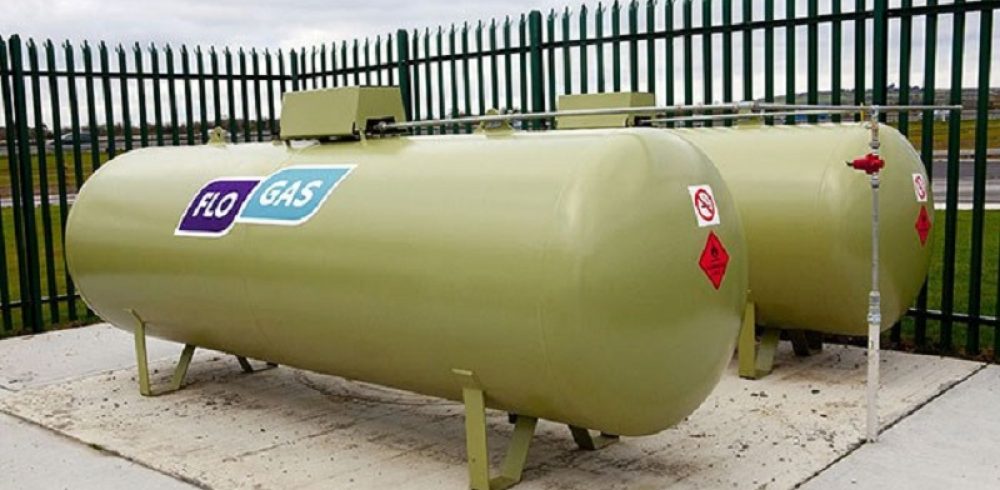The future of the energy industry is difficult for even experts to predict, especially when it comes to which sources are likely to play major roles. At the 2017 Future Energy Scenarios event, it was debated whether biomethane or shale will represent the future of the UKâs gas supplies â could these sources dominate in years to come?
Looking deeper into this theory, is Flogas, an LPG storage tanks supplier, to find out just how shale and biomethane are being used and if they have the potential to become the most used form of gas in the years to comeâ¦
Biomethane gas
A major bonus of biomethane is its environmentally-friendly qualities. This gas occurs naturally from the anaerobic digestion of organic matter, which can be sourced from manure, organic waste, sewage and both dead animal and plant matter. Biomethane is also a sustainable method of sourcing gas that means those in the industry will not need to rely on extracting natural gas from the ground, as the two are the same type of gas.
Already, we can see how effacement and useful biomethane is for businesses across the UK. For example, Severn Trent Water was successful in opening a facility at its Minworth Sewage Treatment Works in 2014, where biogas from the anaerobic digestion process is converted so that it can be used within the domestic gas supply. The facility was the largest gas-to-grid plant found in the UK at the time of its opening, with 1,200 cubic metres of biogas able to be converted into 750 cubic metres of biomethane each hour. This biomethane can then be injected into the National Gas Grid.
But what does this facility look like and how does it work? According to Severn Trent Waterâs renewable energy development manager: As part of the sewage treatment process, sewage sludge is produced. At Minworth we feed this to our 16 anaerobic digesters, or âconcrete cowsâ, which work like giant cowâs stomachs to digest the waste material to produce energy in the form of gas.
Currently, we use 40 per cent of this energy to make electricity, but more can be done â thatâs where this new process comes in. With treatment, gas from sewage is made clean enough and at the right consistency to be injected into the gas supply network to power homes in the area. Itâs local gas produced from local people.
Big-name brand, Sainsburyâs, made its Cannock superstore the first to be powered entirely by the food waste created by Minworth Sewage Treatment Works gas-to-grid facility. Before the change to its Cannock store in 2015, Sainsburyâs operated on the following principles based on its clear policy of zero operational waste to landfill:
- Any surplus unsold food was delivered to the advanced anaerobic digestion facility, located in Cannock (when food is delivered to the advanced anaerobic digestion facility, it is broken down to create biomethane gas, which is then used to generate electricity).
- Any unsold food which was still suitable for human consumption would be given to charities.
- Any other unsold food was turned into animal feed.
After realising the close proximity of the Sainsburyâs Cannock superstore to the anaerobic digestion facility, a 1.5km cable was installed between the pair of buildings so that the plant could provide a direct supply of renewable electricity to the superstore.
This project cost £280,000 â which included the setup of power cables, switch gears and legal fees. However, Sainsburyâs estimated that it had the potential to save around £140,000 in just one year due to relying less on the National Grid for day-to-day power supplies!
Does this mean biomethane is the gas supply to watch in the future?
Shale gas
Shale gas and fracking are continually discussed in the news â so whatâs the situation? On the pro-fracking side of the debate, the UK government generally argues that shale gas can deliver increased energy security, growth and jobs. But on the other side of the fence, some argue that the method for extracting shale gas â which involves water being injected into âshaleâ rock formations at a high pressure to extract gas â may have a ruinous impact on the environment. The process is also very expensive.
Other touted disadvantages of fracking include: prolonging the reliance on fossil fuel, increasing the risk of water being polluted, and causing earthquakes. Steve Mason, of cross-party pressure group Frack Free United, underlined: This Tory government is backing fracking and forging on with a ludicrous dirty energy policy. It is time for them to wake up and listen to their own reports, the voice of the public in areas under threat and halt all fracking activity now.
However, the process seems to be working for the US. It wasnât too long ago that America was importing large amounts of oil and gas. That changed when the country discovered the effectiveness of extracting shale gas, with the nation is now self-sufficient and exporting gas.
Perhaps the government is so keen to find a reliable, âhomegrownâ energy source, as the UK is currently dependent on getting much of its energy from overseas â over 50% of the gas the UK needs is imported from other countries. However, a report by the British Geology Society published in 2012 suggested that there is a resource estimate of around 1,327 trillion cubic feet found throughout the UK.
The future for manufacturing in the UK will look quite gloomy if we donât exploit shale. I canât see otherwise what is going to arrest the decline in British manufacturing, commented Ineosâ CEO, Jim Ratcliffe, whose company has licences to frack in the UK.
The future of gas is unclear, however, both biomethane and shale have the ability to become the dominant UK type.
Sources:
http://nationalgridconnecting.com/fes-2017-next-gas-supply/
http://www.wired.co.uk/article/how-much-shale-gas-does-uk-have
http://futureofgas.uk/perspectives/the-future-of-gas/
http://www.traderadiators.com/blog/How-will-the-UK-source-its-gas-in-the-future/
http://wwtonline.co.uk/news/severn-trent-opens-uk-s-biggest-biogas-to-grid-plant-#.WmXB96hl-Ul









